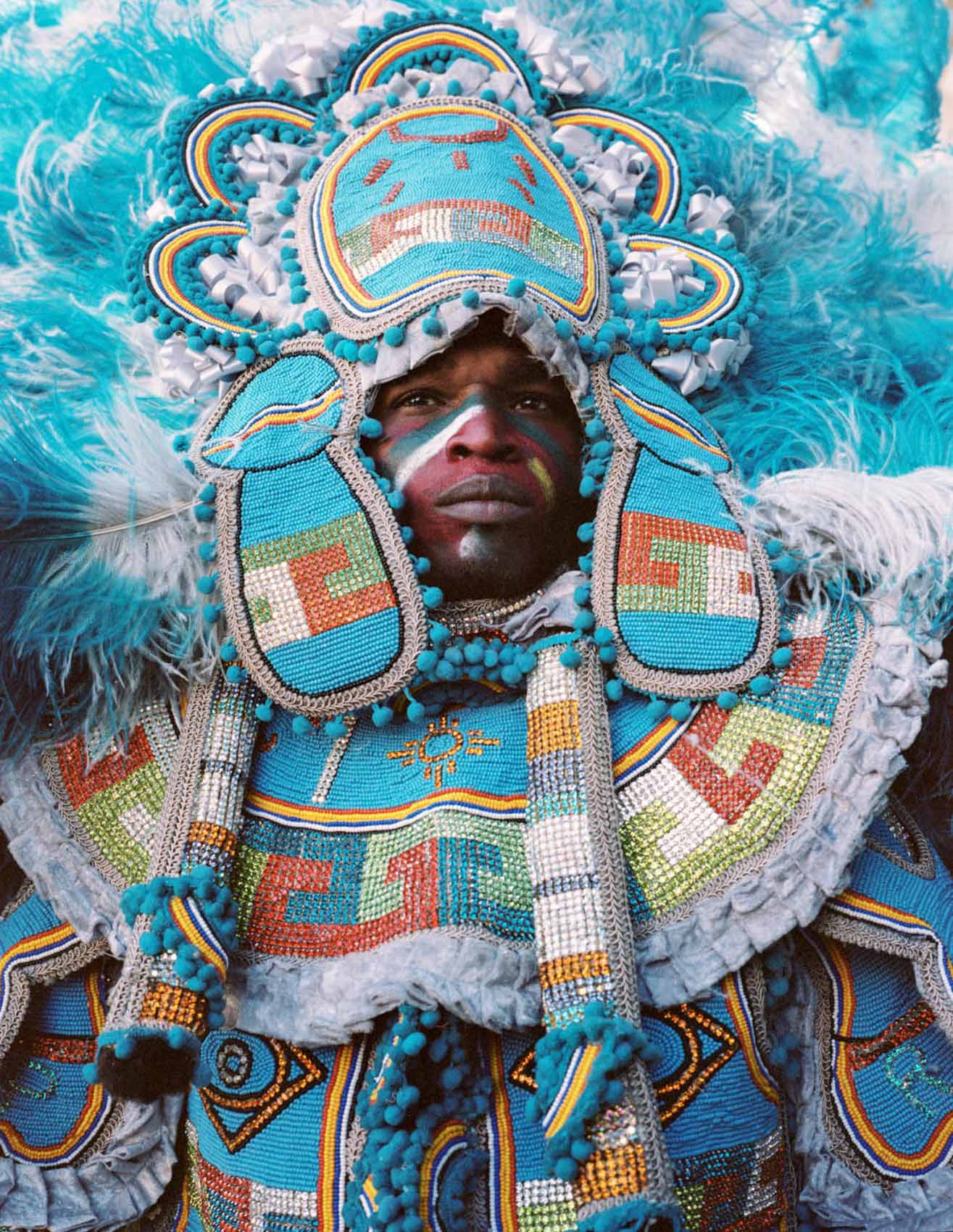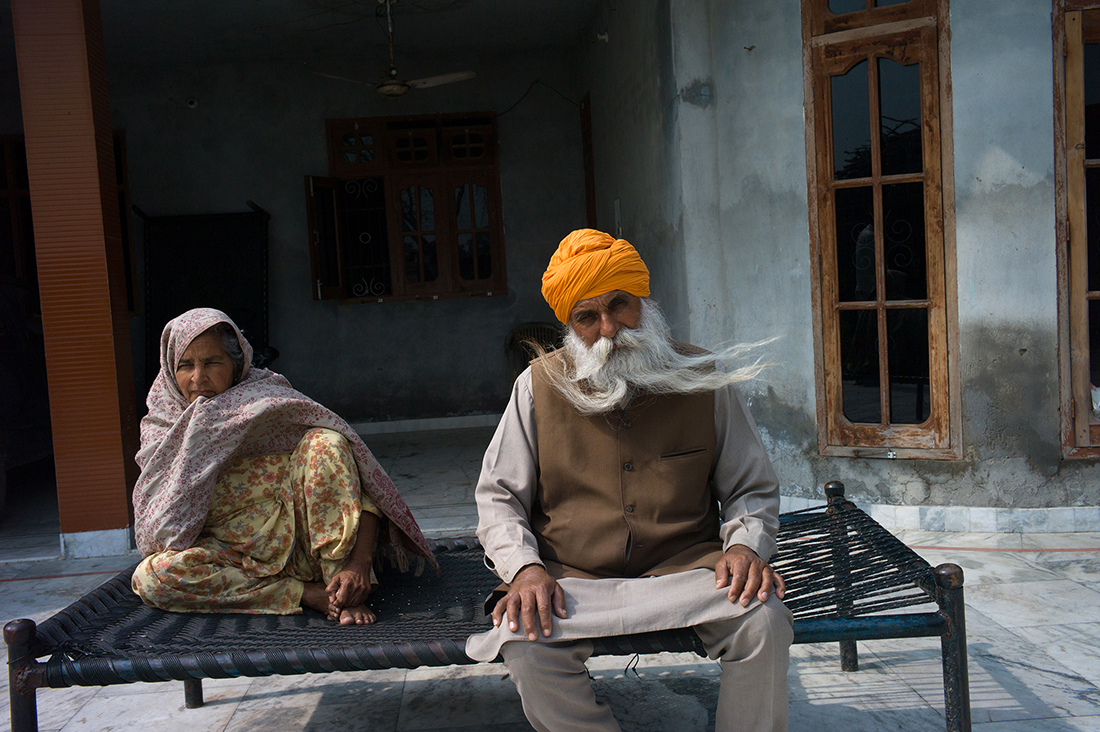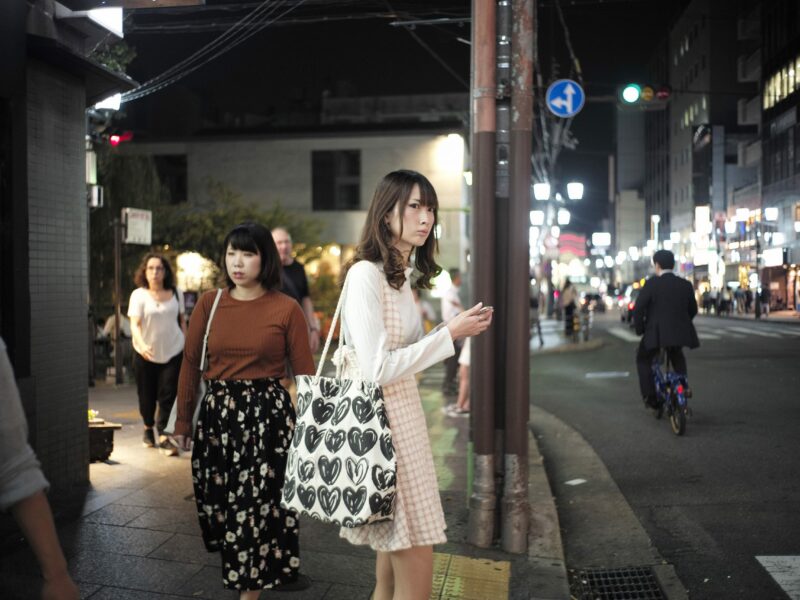
What is the genesis of your series?
At the time, I was working with a collective on the influence and interaction of the inhabitants on the development of their environment/city. During this trip to Asia, I was very intrigued by the relationship between the individual and the collective. In the cities, I visited (Seoul, Hong Kong, Tokyo) this relationship is magnified. We are faced with very dense but also very solitary megalopolises, often suspended in a confrontation between history and ultra-modernity. I have focused on capturing interstices, details that can represent this daily life in ever-growing cities.
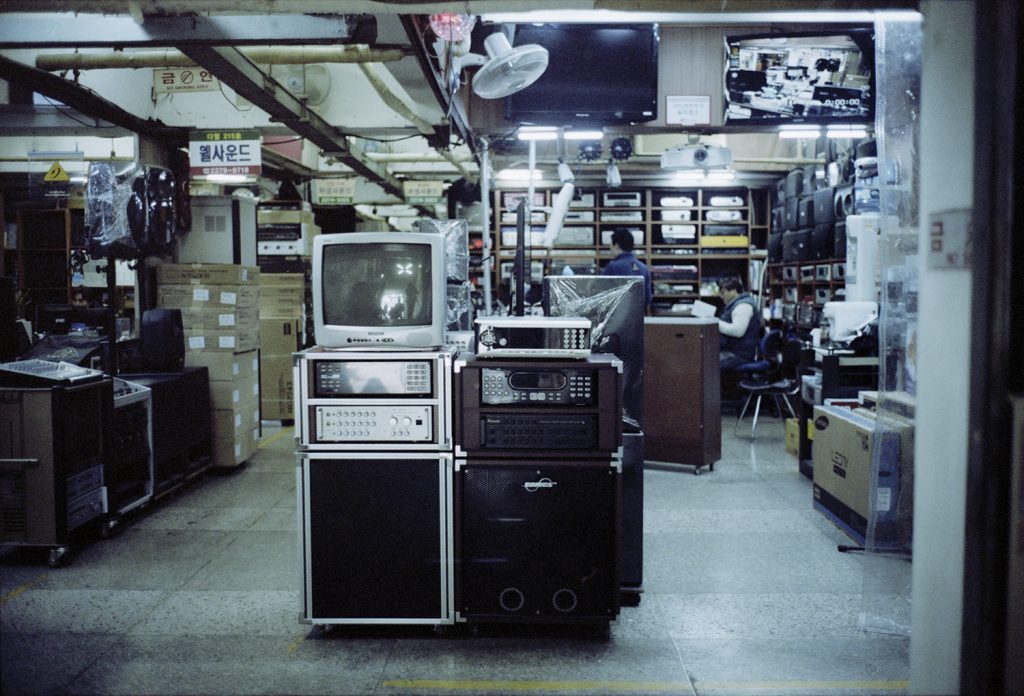
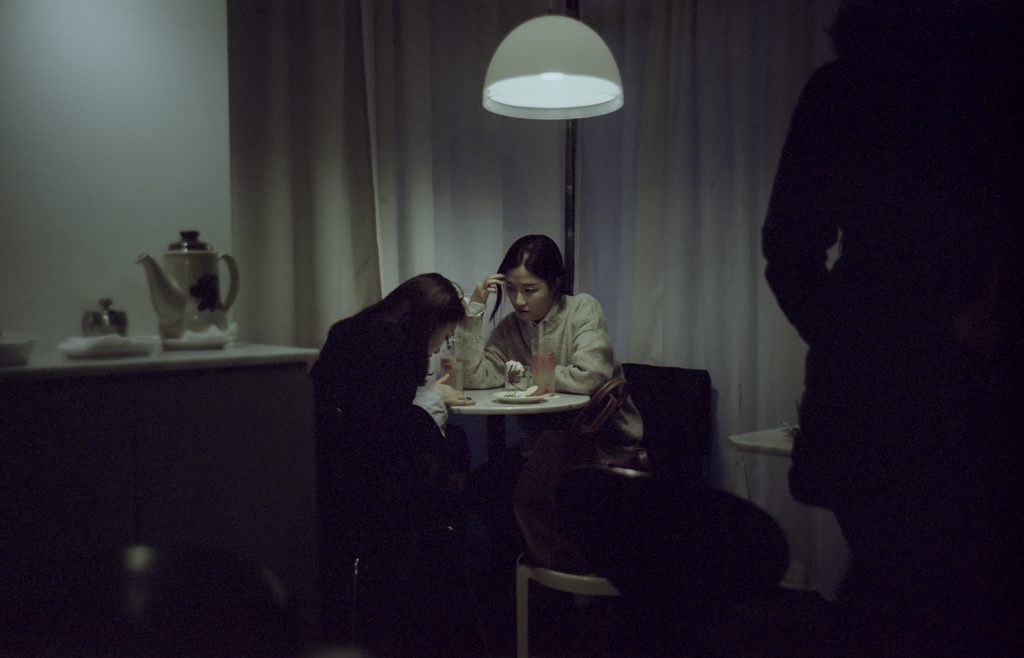
Do you have the same way of working on your projects or does it change depending on the subjects?
It depends on the subjects sometimes I have a specific subject sometimes just a more abstract notion that I would like to explore. In any case, I walk a lot! during the first few days, I hardly take any pictures, I like to discover the neighborhoods, understand how people move around in a place, how life is organized. Then I try to get in touch with people, to visit places that we wouldn’t necessarily see but that are part of daily life. After a while, recurrences emerge that will guide my gaze.
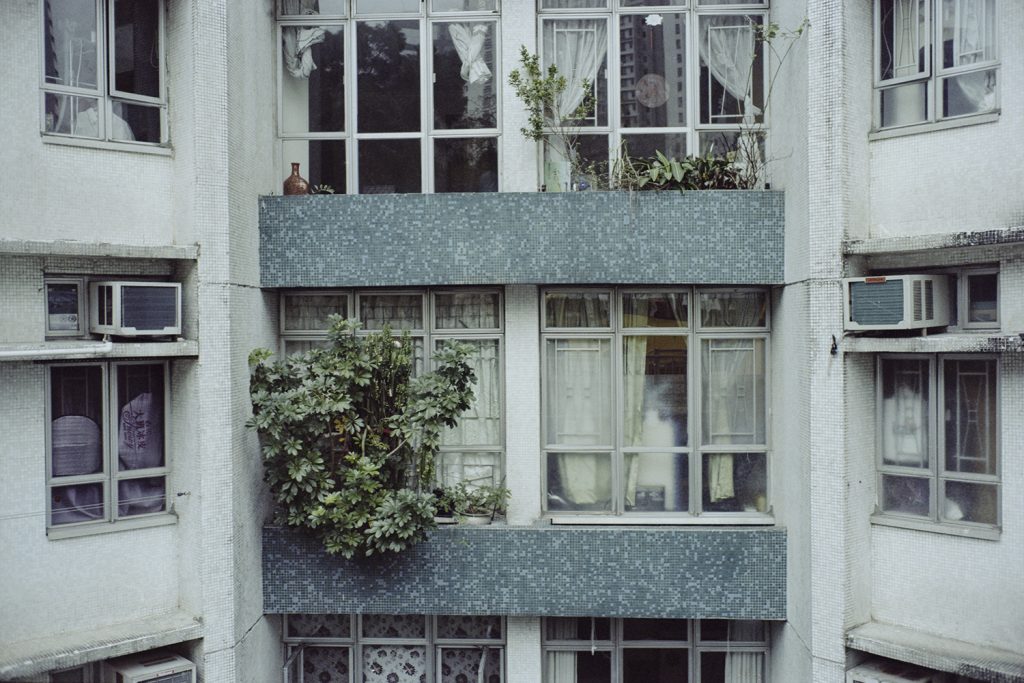
« First, there was an exhibition of Joel Meyerowitz on street photography that changed my vision »
What are your photographic influences?
First, there was an exhibition of Joel Meyerowitz on street photography that changed my vision and then Martin Parr, Stephan shore, mark cohen. American photography remains very present in my inspiration but I try to look elsewhere in Asia but also in France. Nguan, Greg Girard, Susan Meseilas, Patrick Zachman. I may now be attracted to more intimate subjects larry Sultan, Alessandra Sanguinetti…
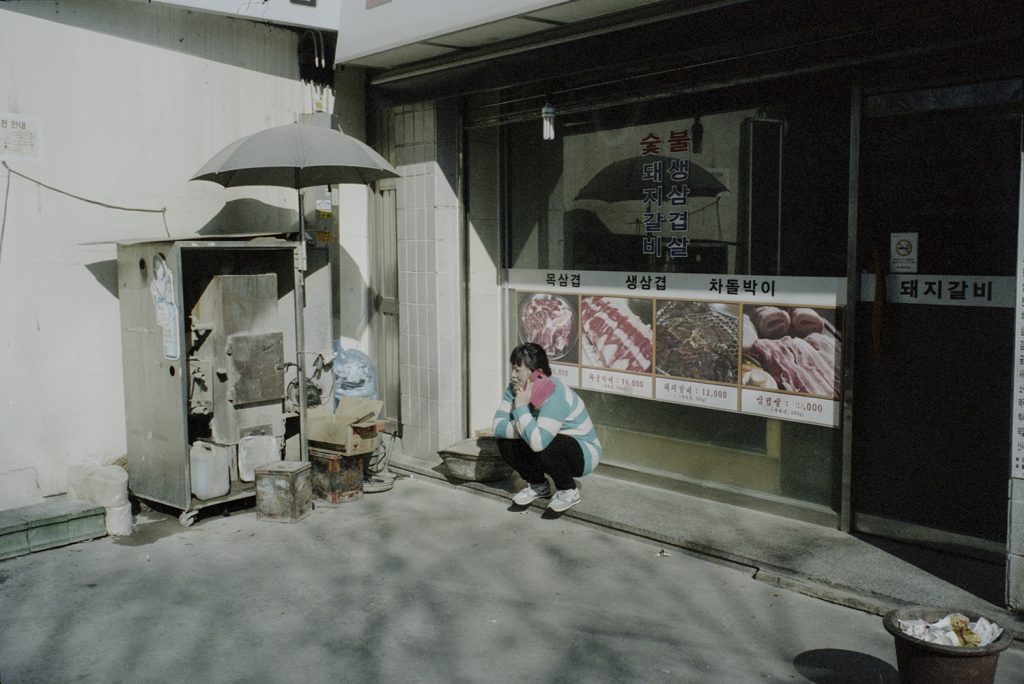
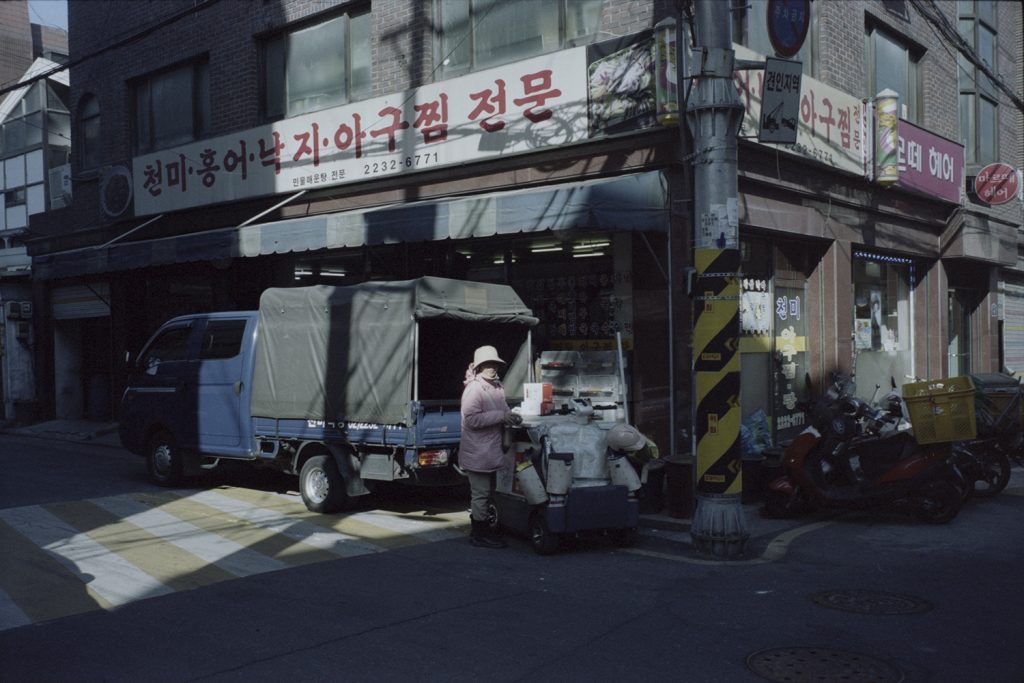
Your photos have a particular shade, is it analog? which camera/film?
Yes, they were taken with a Leica M6 film portra. I like this grain and the saturation of colors in contrast with the softness of the light and the raw side of the cities. The analog forces us to take our time we do not make the same images in the street but there is also something more discreet and more magical.

What is your relationship with Asia?
I am more and more fascinated by Asia, its contradictions, this infinite culture. It is complicated to talk about Asia as a whole, the continent is vast and the cultures are very different from one country to another. Sometimes I have the impression that in some places like Seoul they do the opposite of us. He is beginning to become aware of their heritage and preserve it, but there is this obsession to always go forward and never look back. However, they are more attached to their tradition than we are, the daily family life the organization of society is still governed by rules; a respect for the elders. need for efficient and rigorous organization. A permanent aestheticism. in everyday life.
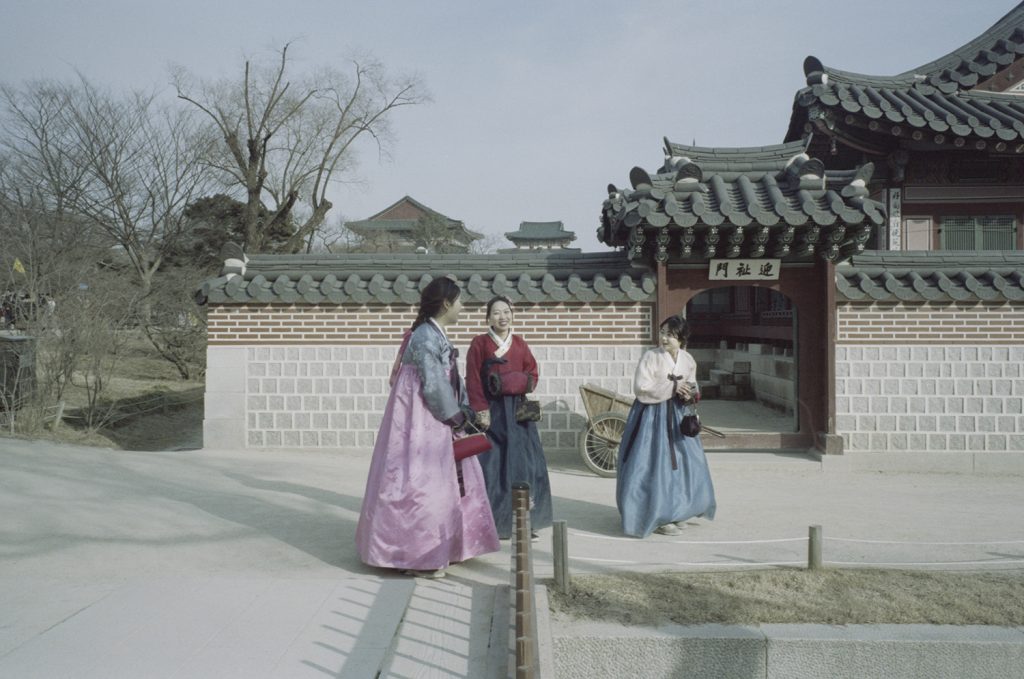
Is there a noticeable moment during that trip that you want to share?
It’s difficult to remember for a moment but I might say a situation, Sundays on pedestrian bridges in Hong Kong. This phenomenon is the ultimate illustration of the density and occupation by the inhabitants of their urban environment. Immigrant workers, whose only free day is Sunday, gather to picnic on these bridges while Hong Kongers come and go in a whirlwind of shopping. Underneath, there is a traffic jam, on the buildings around the advertisements on all floors to address all these layers. Space is saturated.
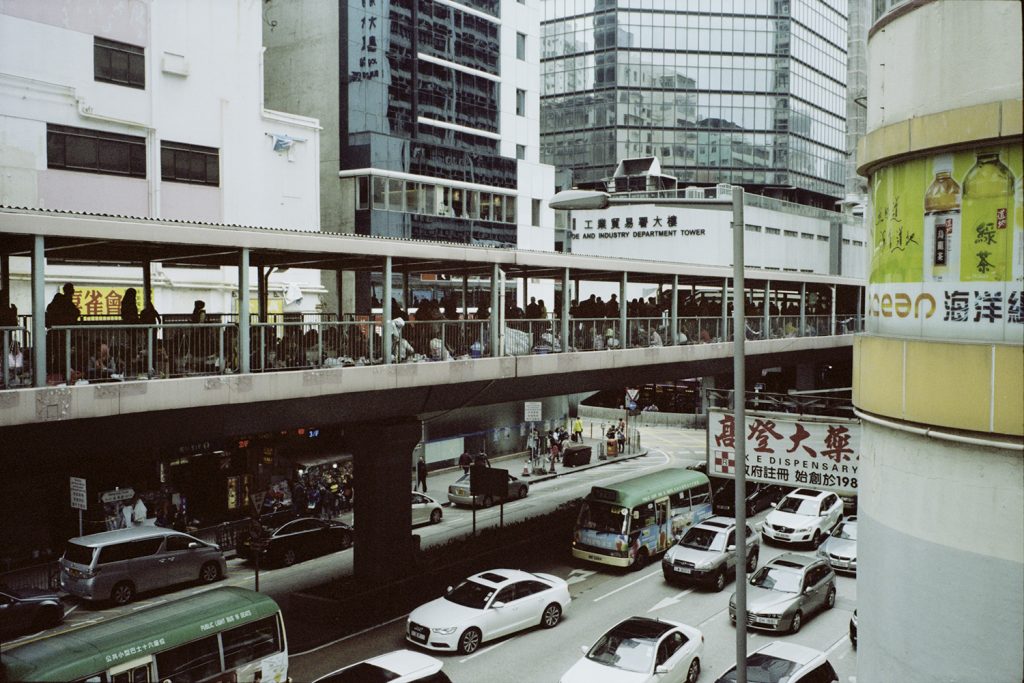
What are the differences between countries and cultures?
Korea surprised me a lot, I didn’t really have any representation of this country, I think less than Japan or China. I found it very Americanized at first sight, very wide avenues with big cars. There is a permanent mix of ultra modern, design, modern and traditional aesthetics. The construction of the society is still quite traditional. Young people rarely move out of their parents’ homes before they are married, there are not really any bars or places of celebration open. Topics such as homosexuality are still taboo.

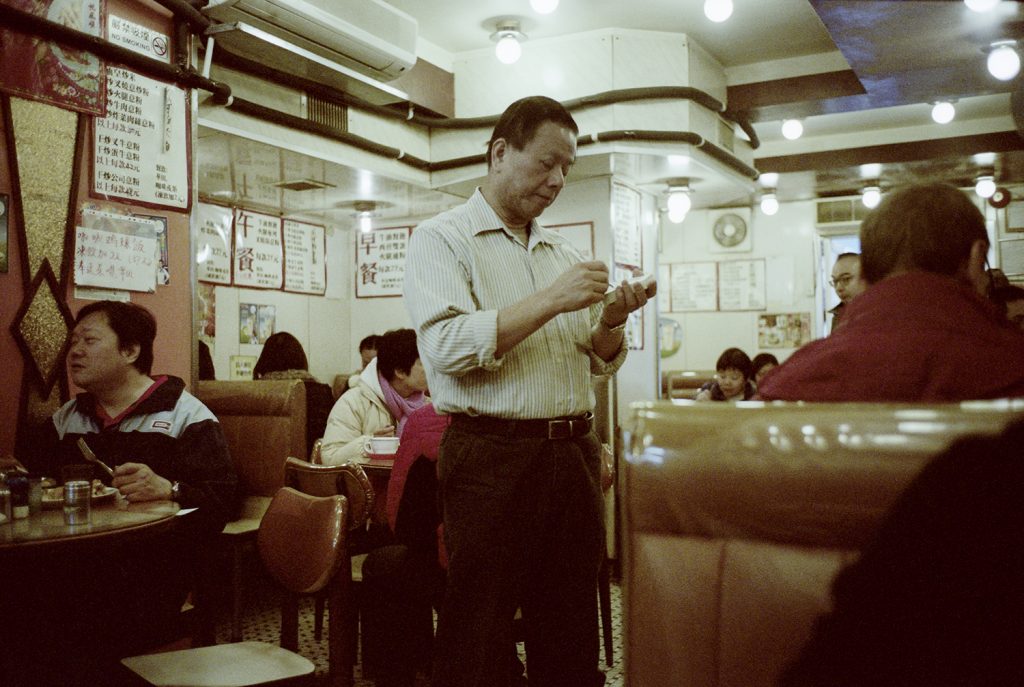
« There was the historic uprising of the umbrella movement, but hopes were disappointed. The young leaders have been imprisoned and no recognition has been gained. Expatriates still receive preferential treatment and are very numerous in this city »
Hong Kong is apart, very far from mainland China with a real identity to which the inhabitants are attached. They are going through a very complicated time in their history when the shift towards the Chinese regime is approaching while the English colonial past is still recent. There was the historic uprising of the umbrella movement, but hopes were disappointed. The young leaders have been imprisoned and no recognition has been gained. Expatriates still receive preferential treatment and are very numerous in this city, which gives it an international atmosphere. It’s really the city that never stops. I can talk less about Japan, where I stayed less long and which is still completely different. It’s another culture that may be more complicated for me to understand.
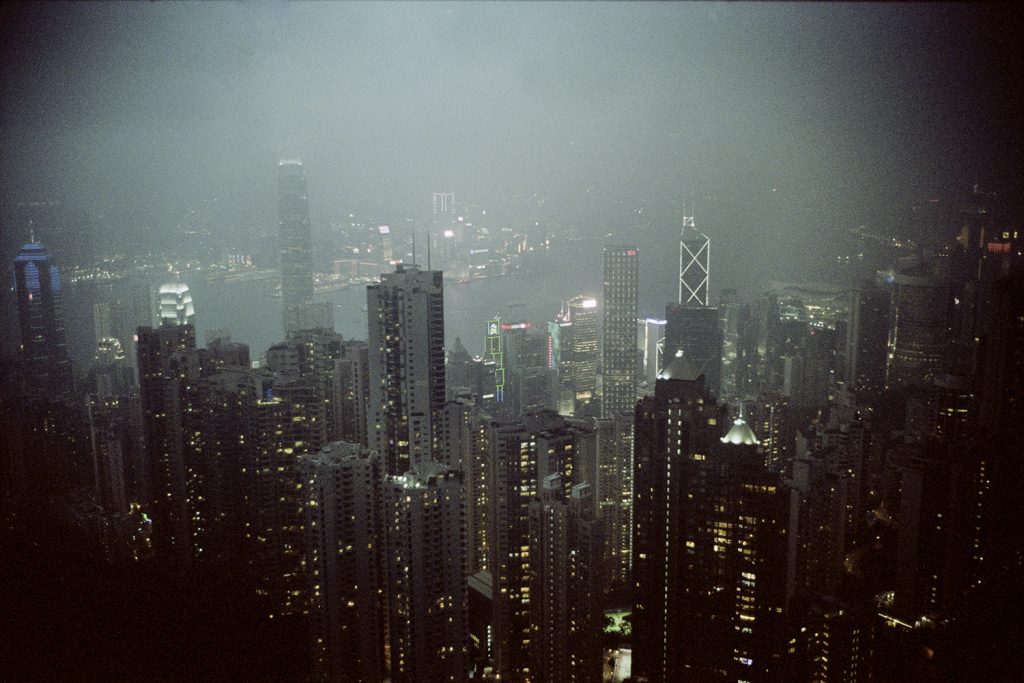
Do you have any current or upcoming photo projects?
Today, I have to spend more time in California, more precisely in Los Angeles. The extreme opposite of these Asian countries where the city was not designed for collective travel, you travel alone in your car. Very few resources have been invested in public transport. Unlike in Asia, there is a real separation of social classes. Nothing is connected, the streets are empty, you quickly feel isolated in one of the largest cities in the world. My next series is called blind spots.
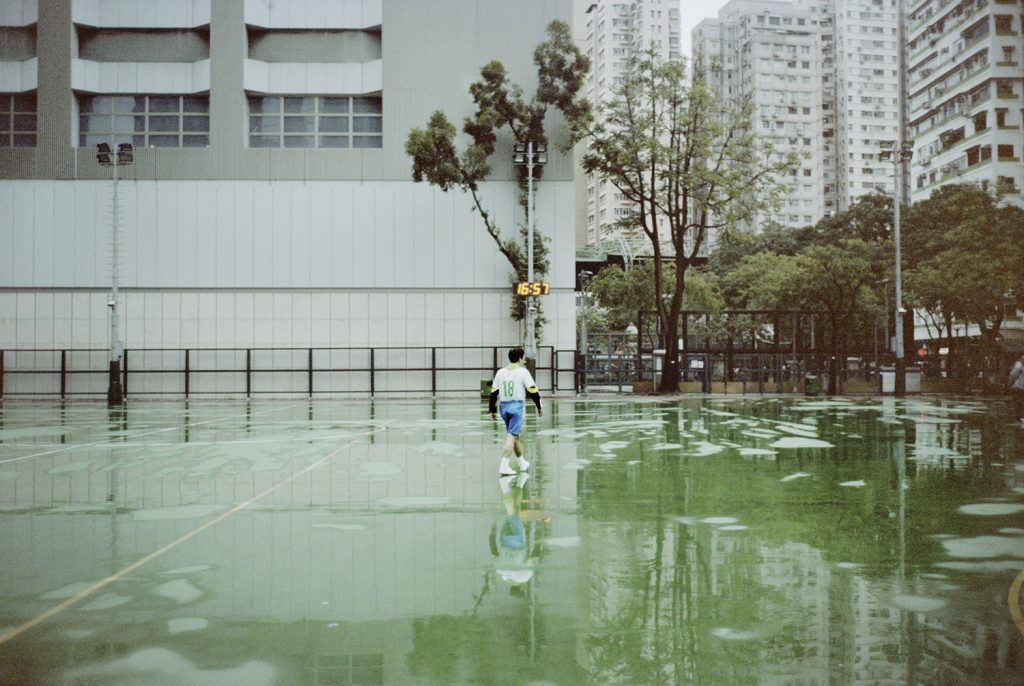
I know you’ve become as recently a publisher with « REVERS editions », Can you talk about it?
Yes, I recently moved on to the other side and it’s exciting. The Revers project is something I’ve had in mind for a long time. I lived in London where I loved local documentary photography publications that found very interesting work. When I returned to France, I was looking in vain for this kind of thing about France. I realized that my influences are actually very few French. And that we see more and more contemporary works on France with an author’s treatment, but that it is very difficult to find simpler things in documentary sometimes. The idea is to tell a story about a time, a community, a place through a series of a photographer, in about fifteen images. We prefer a very lively style with always people in the pictures. There are many archives, but there will also be more contemporary subjects.
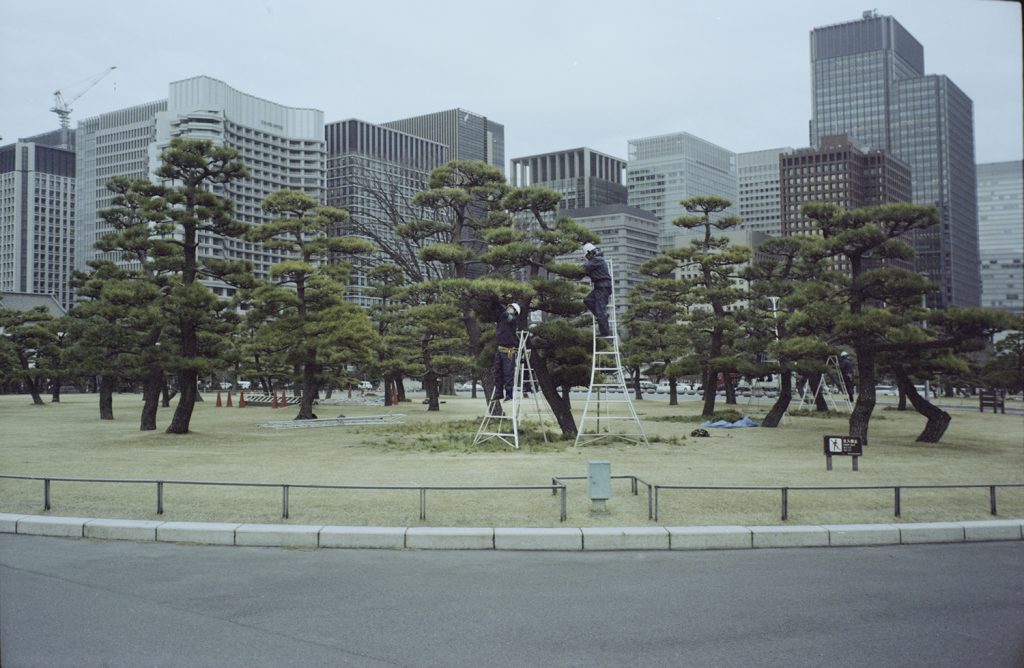
Your top 5 photobooks?
The Suffering of light, Alex Webb
An archeology of fear and desire, Frederic Brenner
Sleeping by the Mississippi, Alec Soth
Gomorrah Girl, Valerio Spada
Margin of Excess, Max Pinckers
Interview by Kalel Koven
Photographer’s Links: Website / Instagram / Facebook
Elsa Seignol is the founder / publisher of Revers Editions


